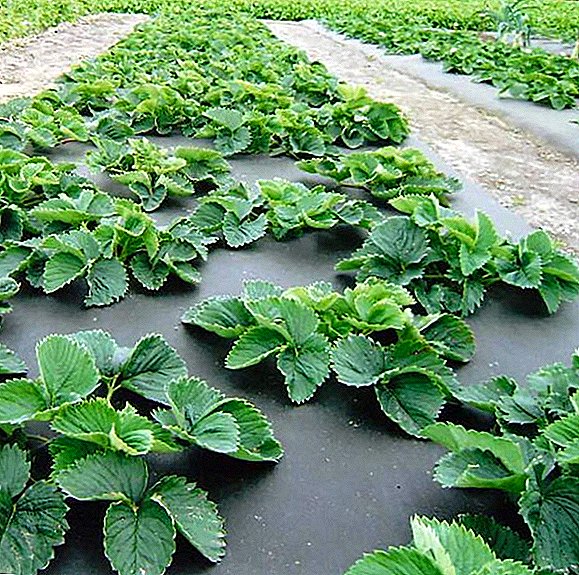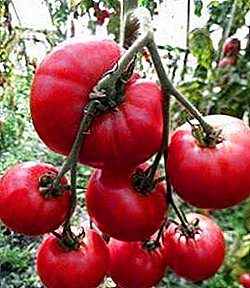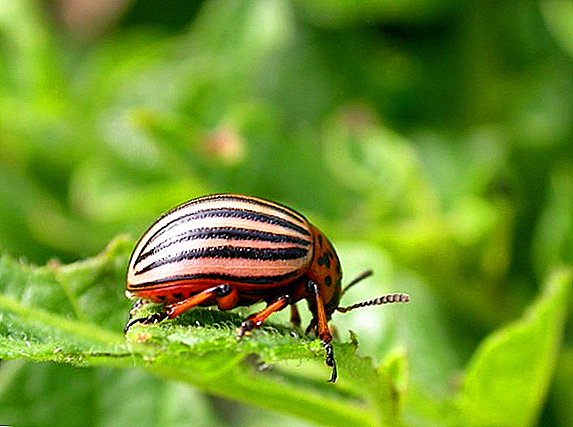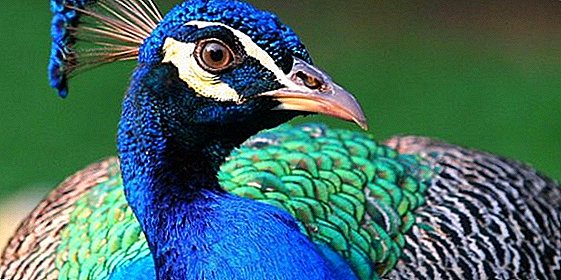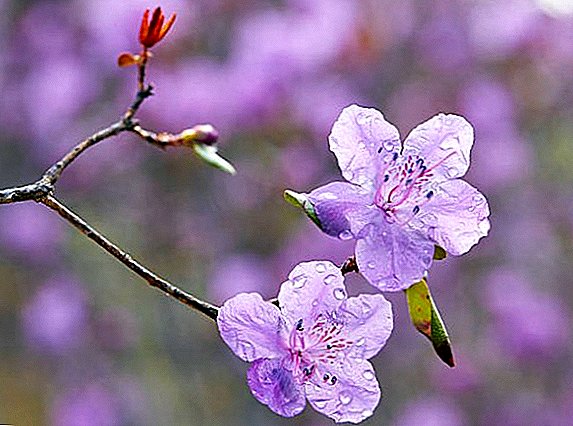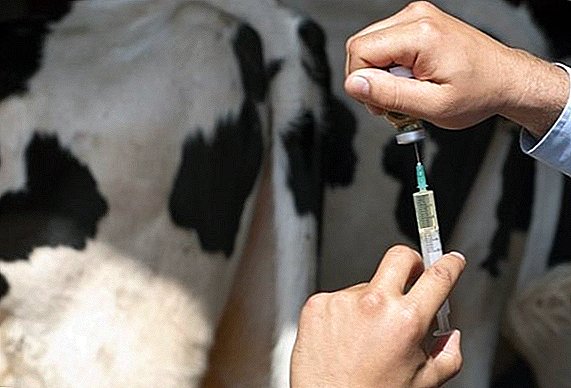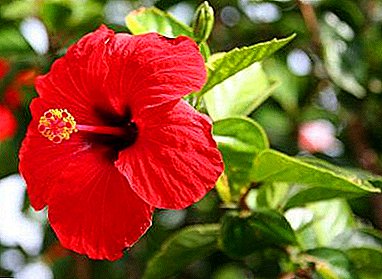
A Chinese rose, or a Chinese hibiscus, an evergreen shrub from the malvaceous family, can reach a height of three meters. The crown is dark green, the flowers are large, up to 16 cm in diameter. Thanks to breeders, there are about 300 varieties of plants. Some varieties may have leaves with white, cream or red spots on dark green leaves.
Hibiscus is very popular, and it is easy to reproduce at home. But what if the plant does not survive? Let us examine in the article the secrets of plant reproduction in different ways and care for indoor hibiscus.
What time of year does a room hibiscus be propagated?
If the plant is propagated by seed, it is better to sow them in February-March. Propagated by cuttings can be year-round, but the most favorable in January and February.
A photo
Further it is possible to see a photo of a room hibiscus.




Pot selection
The pot for hibiscus is chosen clay or plastic with a diameter of up to 9 cm, preferably light, as the roots in the dark pot overheat. You can choose a pot with a liner, if you delay the watering for a few hours, then the pan with the accumulated water will save the plant from drying out. Before planting the pot should be washed with soap and rinse with boiling water.
Soil composition
Land for the Chinese rose, you can buy ready-made, or to prepare the soil itself, for this you need to know what mixture to make. For soil preparation is used:
- 2 parts of turf soil;
- 1 part deciduous soil;
- 1 part of biohumus or humus;
- 1 part of coarse sand.
Such a soil mixture is suitable both for the first planting of a plant, and for annual transplantation. Hibiscus is unpretentious, so you can slightly deviate from the standards of the soil, slightly changing it. For example, add a little peat, vermiculite.
Important! The soil for hibiscus should be nutritious, very loose, acidity should be close to neutral.
How does seed multiply?
Growing a Chinese rose from seed is very exciting, and at the expense of good germination it is productive. This process can be called not breeding, but selection, since the exact same plant cannot be obtained from seeds.
 Seeds can be bought, but you can collect yourself:
Seeds can be bought, but you can collect yourself:
- Pollination. By noon, when the anthers open on the stamens, the pistils must be pollinated with bright yellow pollen.
- The flower eventually fades and disappears, but do not tear it off with force.
- After successful pollination, the box inside the sepals begins to grow and remains green.
- Seeds ripen for about 2 months, and when the box turns yellow, a gauze cap is put on it, which “catches” the fallen seeds.
Hibiscus seeds remain viable for six years.
Seed propagation instructions:
- Before sowing, the seeds are kept for half an hour in a pink solution of potassium permanganate, washed thoroughly, and soaked for a day in a growth stimulant solution. The liquid should only slightly cover the seeds so that the embryos do not die from lack of oxygen.
- Seeds are germinated in wet gauze in a warm place, the first shoots can be expected in three days.
- Then they sit in pots or plastic cups with soil, lightly sprinkled with earth and covered with foil.
We invite you to watch a video on the reproduction of hibiscus seeds:
Cutting: how to root the cuttings?
For propagation of Chinese roses by cutting, you can use the material remaining after cutting the bushes. How to take a scion? A young, non-stiff stalk of 8–12 cm long is selected, with at least three internodes, preferably cut in January-February. There are two types of planting - in the water and immediately into the ground.
Instructions for planting the cuttings of Chinese roses in the water:
- The vessel, preferably of dark glass, is filled with water.
- In her put the stalk.
- From above, to increase humidity, it is covered with a cap, a glass jar or a plastic container.
- Cuttings take root in a month.
- After the appearance of the roots, the plant is transplanted into the ground.
Reference! For a young plant it is very useful to add peat moss to the soil.
Instructions for planting Chinese roses immediately to the ground:
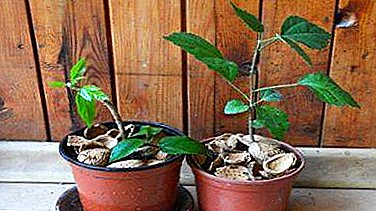 In cuttings removed half the leaves.
In cuttings removed half the leaves.- Preparing a pot with a volume of 0.5 liters - washes and boiled water.
- Before planting, the soil is shed with boiling water.
- At the bottom of the drainage is laid, the pot is filled with loose, water and breathable soil.
- The cutting is deepened by 1.5-2 cm in moist soil.
- From above it is covered with a can or a package is put on (conditions of a mini-greenhouse are created).
- A pot with a plant placed in a bright place with a temperature of 23-25 degrees, but not under direct sunlight, and not moved from place to place.
- With the appearance of condensate - airing.
- The cutting begins to grow - an increase in the ventilation time, if the hibiscus does not lower the leaves - to remove the greenhouse.
Reproduction of hibiscus cuttings retains varietal characteristics, and the plant blooms in the first year.
We invite you to watch a video about hibiscus cutting:
Is it possible to plant a shoot in open ground?
Chinese rose is a heat-loving plant and is not suitable for our climate.. With the exception of garden hibiscus, adapted for temperatures up to -30 degrees. The place for the plant is chosen light and protected from the wind. The soil should be light and nutritious, the water should penetrate deeply.
 Planting is carried out in the spring when the soil warms up well. Preparation of the pit:
Planting is carried out in the spring when the soil warms up well. Preparation of the pit:
- The pit for planting should be twice as deep as the hibiscus root system.
- The drainage layer 15 cm thick from a broken brick keeps within.
- The next layer is 10 cm thick from sand.
- Compost layer at 15 cm.
- The last layer is sandy, 15 cm deep.
Nutrient soil is compiled for planting.:
- 2 pieces of soil from the pit;
- 4 pieces of peat;
- 1 part of sand.
A sapling is placed in a prepared pit, so that the neck is slightly covered, and is filled with prepared soil.
Further care at home
The plant is abundantly watered, sprinkled and gently leveled the ground. The main rule in the care of hibiscus - regular watering and loosening the soil. At the beginning of summer, when new shoots appear, it is necessary to cut off the old and dried stems. If planting was carried out during the active growing season, then hibiscus should be fertilized with top dressings with a high content of nitrogen and phosphorus, and if in the fall, with potash fertilizers. In the hot summer months, the Chinese rose is watered daily.
What if the plant does not survive?
If the plant does not survive, then:
- There is a lot of lime or chlorine in the water for irrigation. It is necessary to boil and defend.
- Hibiscus loses leaves from drafts, hypothermia, or abundant watering.
- The plant withers - the fault can be meager watering.
- If the Chinese rose dries even with proper watering, this may be a reaction to a change of location. The plant must be given time to recover.
- The buds appear, which fall off and never open - the soil dries out from insufficient watering, the plant lacks nutrients, or the temperature in the room is low.
- If the lower leaves fall, and the new ones grow yellow, the reason is that there is a lot of calcium and chlorine in the soil, but there is not enough iron and nitrogen, dry air and irrigation with cold water.
- The leaves have pinkish spots, not covered by the variety - the plant does not have enough light or there is a surplus of fertilizers.
The Chinese rose is a perennial plant, and with proper care from small seeds or seedlings, a beautiful, abundantly flowering plant will soon develop, which will delight for many years and will become an excellent design solution for the house.


 In cuttings removed half the leaves.
In cuttings removed half the leaves.
